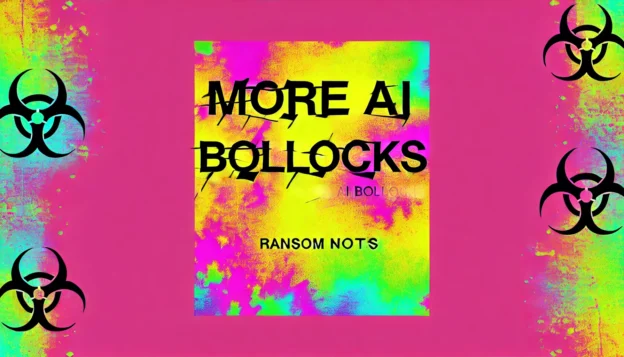This article revisits Abraham Maslow’s Hierarchy of Needs, exploring its foundational principles and questioning its relevance in capturing the complexity of human motivation. Drawing on Robert Pirsig’s critique in Zen and the Art of Motorcycle Maintenance and Lila: An Enquiry into Morals, Michel Foucault’s insights into societal structures, and the Japanese concept of Ikigai, it challenges the rigidity of Maslow’s model. Pirsig’s Metaphysics of Quality offers a dynamic alternative, emphasising fluidity, interconnectedness, and the pursuit of quality as central to human fulfilment.
Continue reading


















